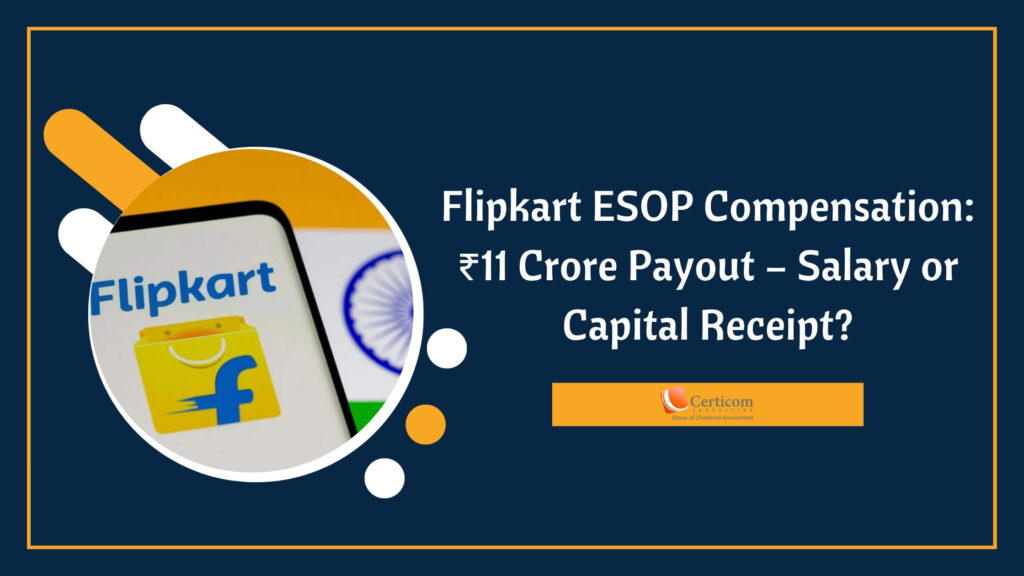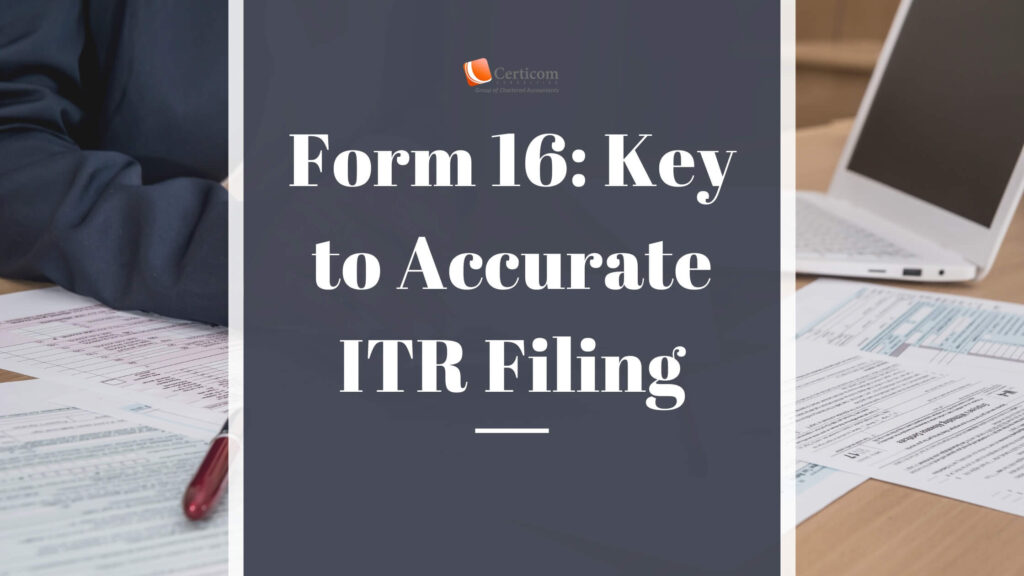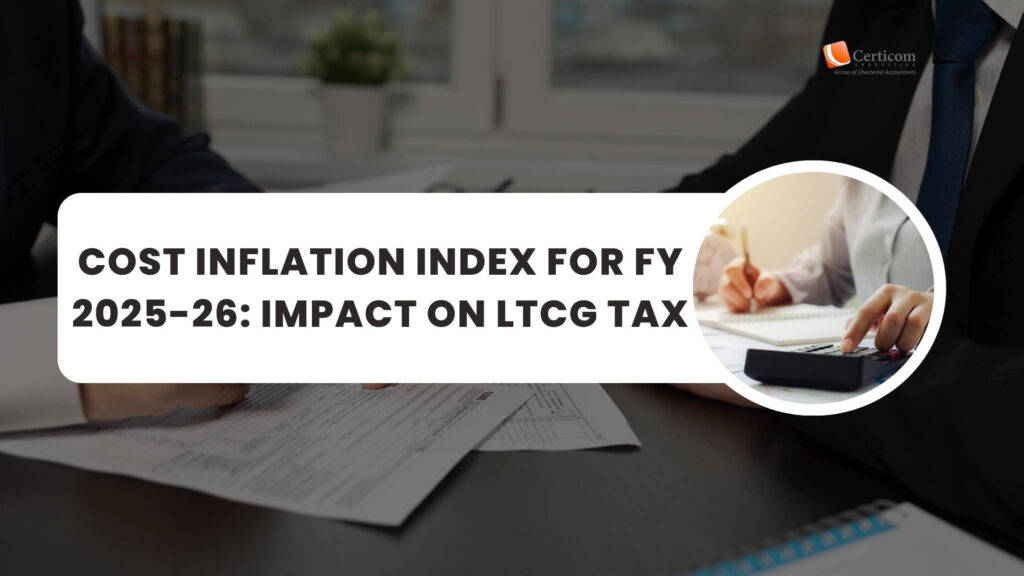Resolve Tax Disputes with the Vivad Se Vishwas Scheme 2024: A Streamlined Path to Settlement
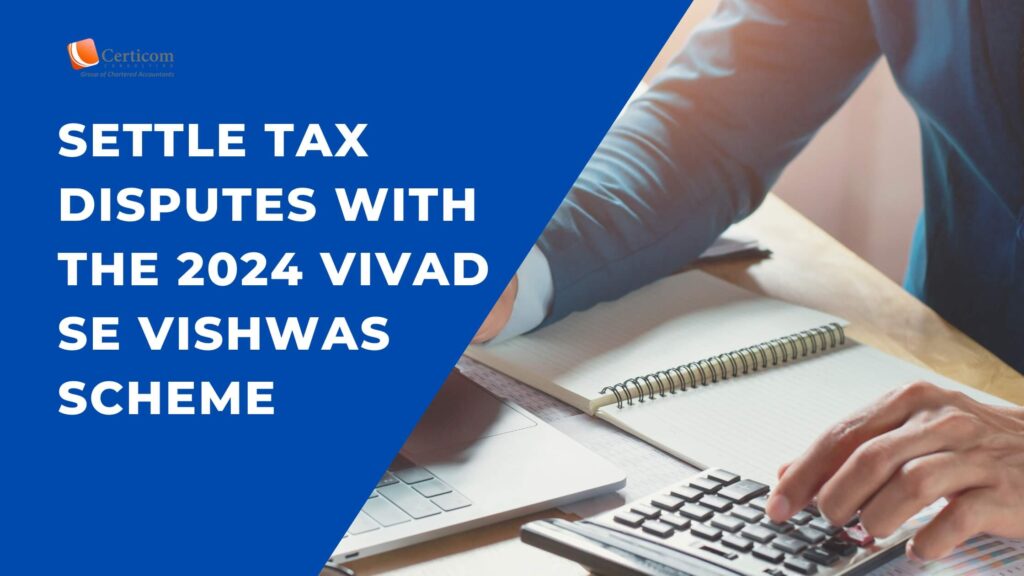
The Vivad Se Vishwas Scheme 2024 (DTVSV Scheme 2024 or “the Scheme”) presents an opportunity for taxpayers to close long-standing tax disputes, streamlining the resolution process while alleviating litigation burdens. Enacted through Chapter IV (Sections 88 to 99) of the Finance (No 2) Act, 2024, the scheme became effective on October 1, 2024, and offers clearer guidelines and incentives for taxpayers aiming to settle disputes efficiently. The supporting rules and forms were notified in G.S.R 584(E) on September 20, 2024, and the CBDT issued a Guidance Note (Circular No. 12/2024 on October 15, 2024) to clarify eligibility, payment schedules, and the procedural forms required under this scheme. This update emphasizes quick settlement with a focus on simplified processes and meaningful financial incentives.
Key Objectives of the Vivad Se Vishwas Scheme 2024
The Scheme is driven by four primary goals:
Resolve Tax Disputes: To enable taxpayers to settle outstanding disputes with the Income Tax Department without protracted litigation.
Reduce Litigation: To decrease the volume of pending cases in courts and tribunals, improving judicial efficiency.
Encourage Compliance: The Scheme incentivizes taxpayers to settle disputes voluntarily, fostering a compliant tax environment.
Boost Revenue Collection: By facilitating amicable settlements, the Scheme aims to increase revenue collection through reduced litigation.
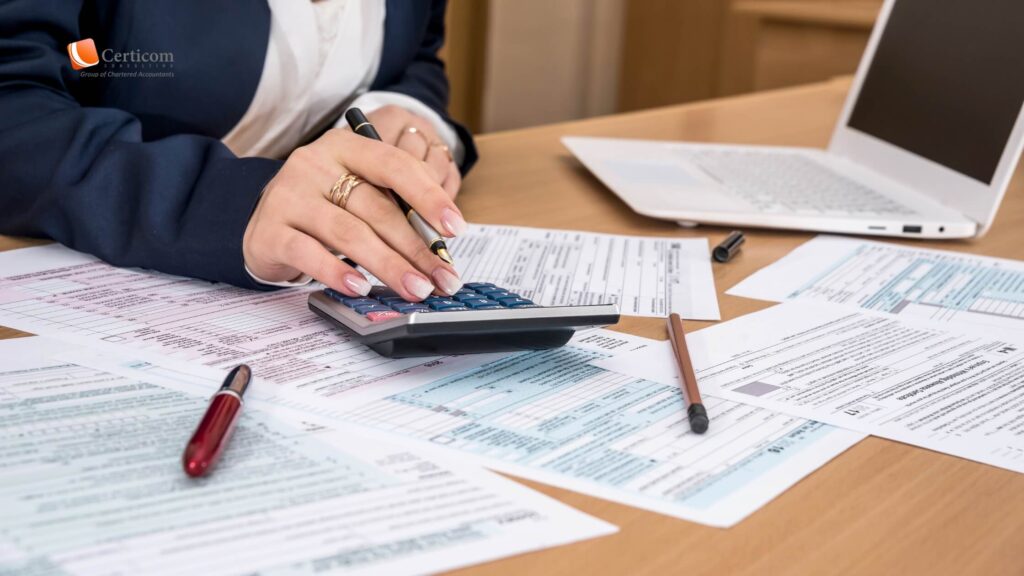
Key Features of the Vivad Se Vishwas Scheme 2024
- Extended Deadline: Taxpayers have until December 31, 2024, to avail of the Scheme, ensuring ample time for settlement without the fear of ongoing litigation.
- Streamlined Application Process: The Scheme’s application process is simplified with online submission portals, clearly structured forms, and fewer bureaucratic hurdles.
- Financial Benefits: The Scheme provides substantial discounts on disputed demands, penalties, and interest. Eligible taxpayers can receive full or partial waivers on penalties, depending on the timing and circumstances of their application.
Who Can Benefit?
Section 89 of the Scheme identifies “Appellants” as any party with pending disputes or appeals (writ petitions, Special Leave Petitions) filed by taxpayers or tax authorities. This also includes:
- Appeals pending with the Supreme Court, High Court, Income Tax Appellate Tribunal (ITAT), or Commissioner (Appeals)
- Cases under consideration by the Dispute Resolution Panel (DRP) or those awaiting final assessment following DRP objections
- Revised applications under Section 264 of the Income-tax Act, 1961, still pending resolution as of July 22, 2024
Eligible Tax Arrears
Under the Scheme, eligible arrears include:
- Disputed tax amounts, along with interest or penalties levied on those amounts
- Cases involving disputed interest or penalties
Payment Structure and Deadlines
For taxpayers to settle disputes under the DTVSV Scheme, payments vary based on the timing and status of the dispute. For example:
| Nature of Arrear | Amount Payable (Before Dec 31, 2024) | Amount Payable (Jan 1, 2025 – Final Date) |
|---|---|---|
| Disputed tax, interest, & penalty | 100% of disputed tax | 110% of disputed tax |
| Disputed interest/fee/penalty | 25% of disputed interest/fee/penalty | 30% of disputed interest/fee/penalty |
Special reductions apply if the appeal was initially filed by tax authorities or if there’s a taxpayer-favorable order unchallenged by a higher authority.
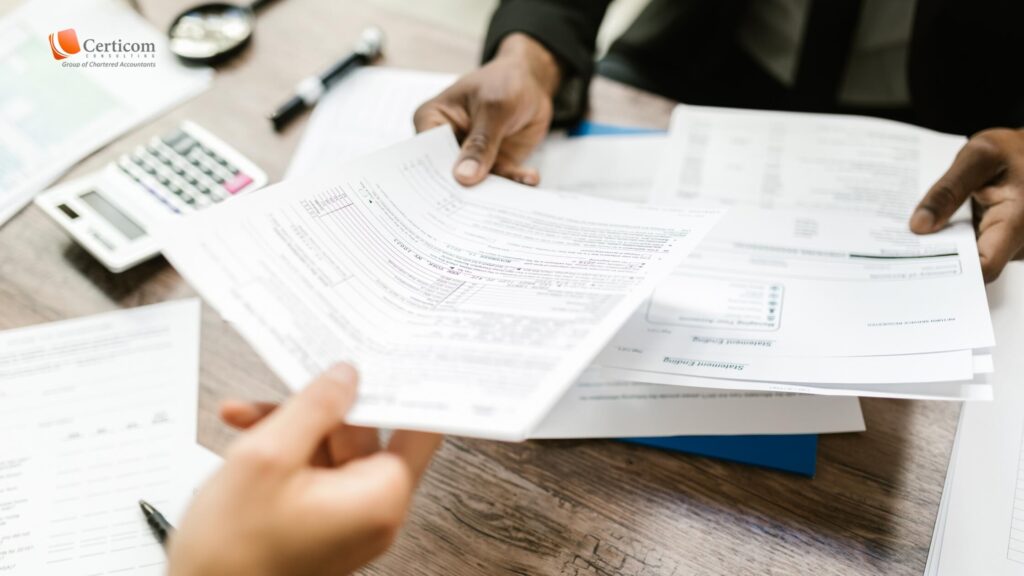
Application Process for the Vivad Se Vishwas Scheme 2024
- File Form-1: Taxpayers seeking settlement must file Form-1 electronically, detailing their dispute with a designated tax officer.
- Acknowledgement: An electronic receipt is generated upon submission.
- Withdrawal of Appeals: Any pending appeals related to the disputed tax are considered withdrawn once Form-2 is issued.
- Certificate of Withdrawal: Following processing, the Designated Authority issues Form-2, confirming the withdrawal.
- Make Payment and Submit Form-3: Taxpayers then complete payment and submit Form-3, which confirms payment and withdrawal of appeals.
- Final Order in Form-4: The Designated Authority issues a final order (Form-4), concluding the dispute settlement.
- Undertaking: Taxpayers submit an undertaking waiving their rights to further legal recourse concerning the settled dispute.
Benefits of the Scheme
With the 2024 updates, the Vivad Se Vishwas Scheme offers a practical route for taxpayers to resolve disputes and shift focus to growth without the hindrance of unresolved litigation. The Scheme’s incentives, simplified forms, and procedural clarity offer taxpayers an accessible, beneficial way to clear outstanding cases. As awareness of the Scheme increases, it has the potential to significantly impact India’s tax landscape, encouraging compliance and fostering a fairer, more streamlined tax ecosystem.
Related Post
Form 16: Key to Accurate ITR Filing
Cost Inflation Index for FY 2025-26: Impact on LTCG Tax
Book A One To One Consultation Now For FREE
How can we help? *


